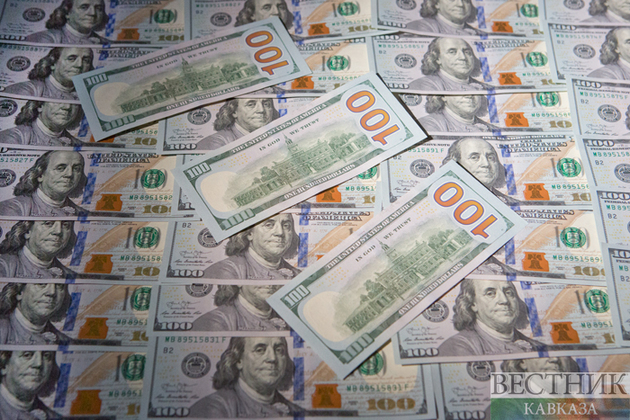The United States stopped the Russian government from paying holders of its sovereign debt more than $600 million from reserves held at U.S. banks, in a move meant to ratchet up pressure on Moscow and eat into its holdings of dollars.
Under sanctions, foreign currency reserves held by the Russian central bank at U.S. financial institutions were frozen. But the Treasury Department had been allowing the Russian government to use those funds to make coupon payments on dollar-denominated sovereign debt on a case-by-case basis.
On Monday, as the largest of the payments came due, including a $552.4 million principal payment on a maturing bond, the U.S. government decided to cut off Moscow's access to the frozen funds, according to a U.S. Treasury spokesperson.
An $84 million coupon payment was also due on Monday on a 2042 sovereign dollar bond, Reuters reported.
The move was meant to force Moscow to make the difficult decision of whether it would use dollars that it has access to for payments on its debt or for other purposes, including supporting its war effort, the spokesperson said. Russia faces a historic default if it chooses to not do so.
"Russia must choose between draining remaining valuable dollar reserves or new revenue coming in, or default," the spokesperson said.
JPMorgan Chase & Co, which had been processing payments as a correspondent bank so far, was stopped by the Treasury, a source familiar with the matter said.
The correspondent bank processes the coupon payments from Russia, sending them to the payment agent to distribute to overseas bondholders.
The country has a 30-day grace period to make the payment, the source said.
Russia does have the wherewithal to pay from reserves, since sanctions have frozen roughly half of some $640 billion in Russia's gold and foreign currency reserves.






